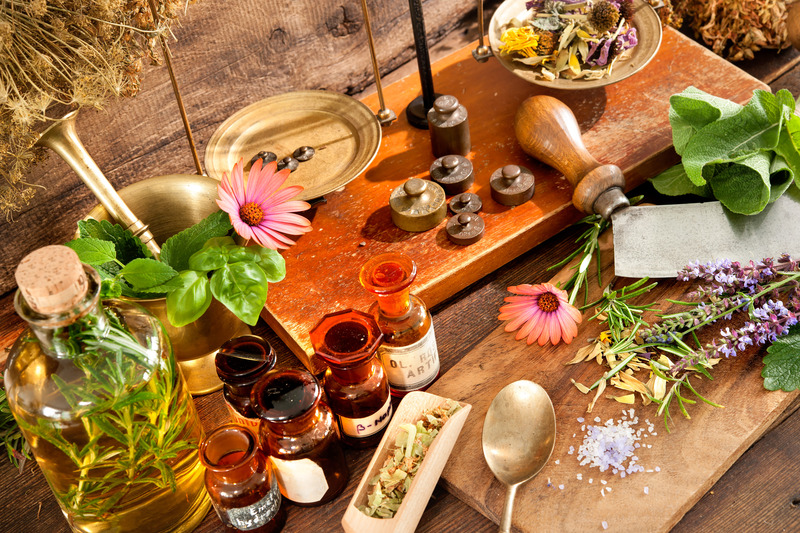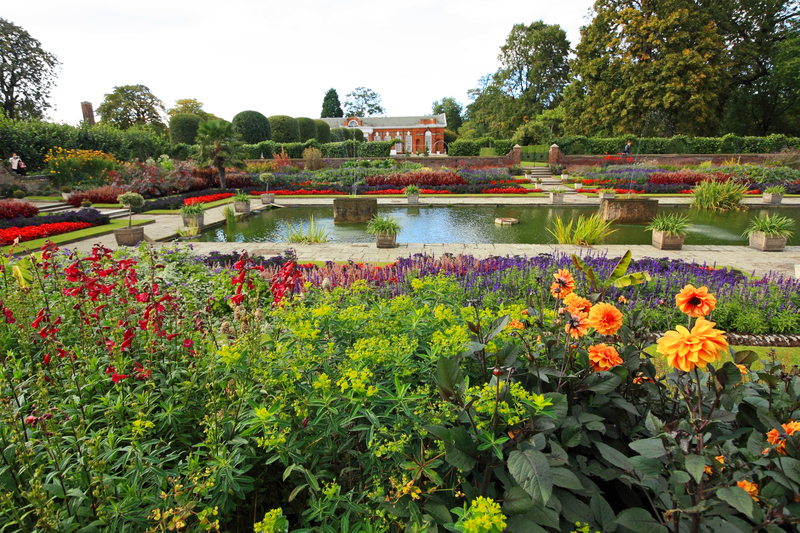Guide to Cultivating Norway Spruce Trees
Posted on 29/06/2025
The Norway Spruce (Picea abies) is a majestic evergreen that stands as one of the most recognizable trees thanks to its widespread use as Christmas trees and in landscape designs. Originating in Europe, this tree is esteemed for its fast growth, cold hardiness, and versatile applications from timber to decor. Understanding how to properly cultivate Norway Spruce trees ensures that they can thrive in your home garden or commercial landscape.
Choosing the Right Location
Selecting the appropriate location for planting Norway Spruce trees is crucial. These trees prefer areas with full sun but can tolerate partial shade. Ensure the soil is well-drained and slightly acidic to neutral pH, ranging between 4.5 and 7.5. Avoid waterlogged sites as they may lead to root rot.

Planting Norway Spruce Trees
1. Timing: The optimal time to plant Norway Spruce trees is in the early spring or fall. This timing provides the saplings with ample growing seasons.
2. Preparation: Dig a planting hole twice the width of and just as deep as the root ball.
3. Planting: Carefully place the tree in the hole, making sure the root collar is level with the ground surface. Backfill with soil, firm it gently around the roots, and water thoroughly.
4. Mulching: Apply a layer of organic mulch around the tree's base to retain moisture and control weeds, but keep it away from the trunk to prevent rot.
Watering and Fertilizing
Young Norway Spruce trees need regular watering during their first growing season to establish a strong root system. Water deeply once a week during dry periods. Mature trees are relatively drought-tolerant but benefit from occasional watering during prolonged dry spells.
Fertilize once a year in early spring with a balanced, slow-release fertilizer. Avoid excessive nitrogen which can promote fast growth at the expense of overall tree health.
Pruning and Maintenance
Norway Spruce trees require minimal pruning. Remove diseased, broken, or dead branches as needed. If structural pruning is necessary, do so in late winter while the tree is dormant. Thinning out congested branches can help improve air circulation and reduce disease risks.
Monitor for common pests such as aphids, spider mites, and spruce beetles. Address infestations promptly with appropriate treatments. Regularly inspect for signs of disease like needle blight and treat accordingly.
Pros and Cons of Norway Spruce Trees
Pros:
- Fast-growing and hardy in cold climates
- Versatile use in landscapes, windbreaks, and timber
- Dense foliage provides excellent privacy and shelter for wildlife
Cons:
- Susceptible to specific pests and diseases
- Requires ample space due to its large size at maturity
- Can be difficult to cultivate in poorly drained or highly alkaline soils
Tips for Successful Cultivation
1. Choose the right location: Full sun exposure and well-drained soil are pivotal.
2. Monitor moisture levels: Young trees need consistent watering until established.
3. Regular inspections: Vigilantly watch for signs of pests and diseases.
4. Mulching: Mulch to retain moisture and protect roots but avoid trunk contact.
5. Proper spacing: Ensure adequate spacing between trees to avoid competition and overcrowding.

Takeaways
Cultivating Norway Spruce trees involves carefully selecting a suitable location, keeping up with watering and fertilization, and vigilantly monitoring for pests and diseases. When properly cared for, these trees can serve as a stunning and functional addition to any landscape.
Conclusion
Norway Spruce trees are a robust and beautiful choice for many garden and landscape scenarios. Their fast growth, evergreen foliage, and hardiness make them an appealing option for homeowners and commercial growers alike. By following the guidelines outlined in this comprehensive guide, you can successfully cultivate healthy and thriving Norway Spruce trees that will enhance your outdoor space for years to come.



